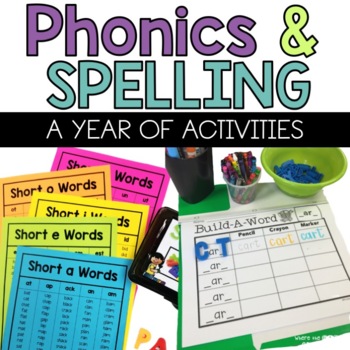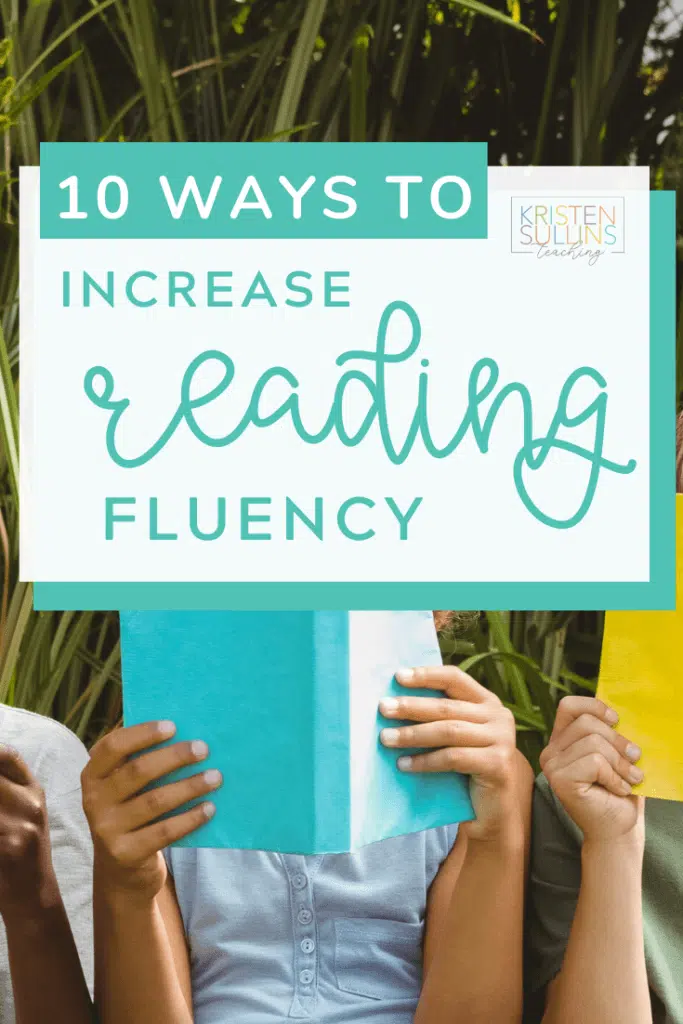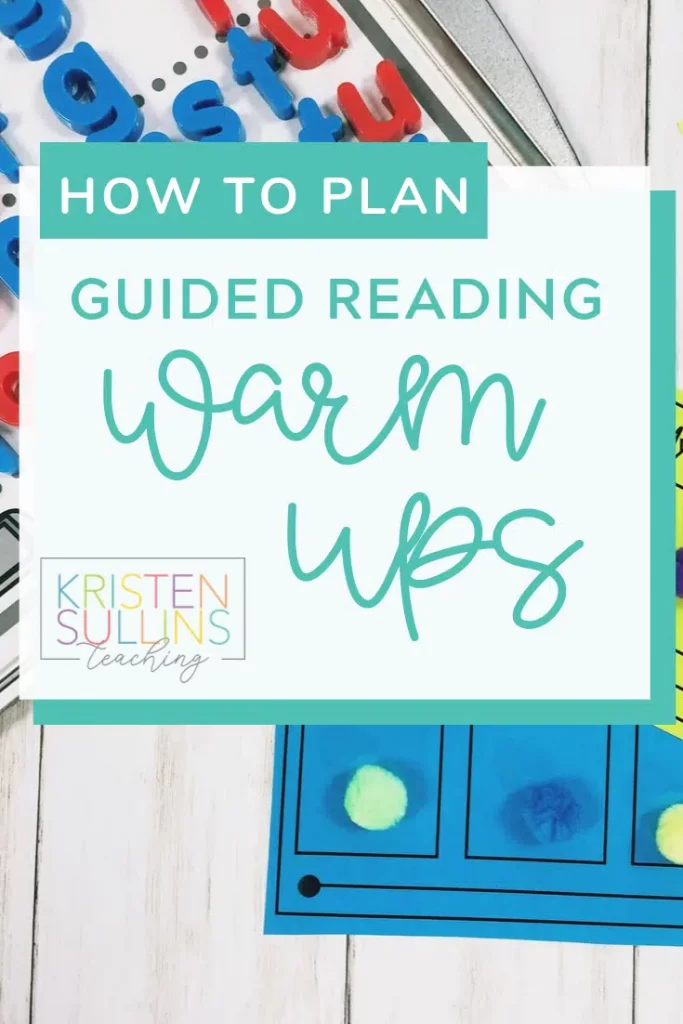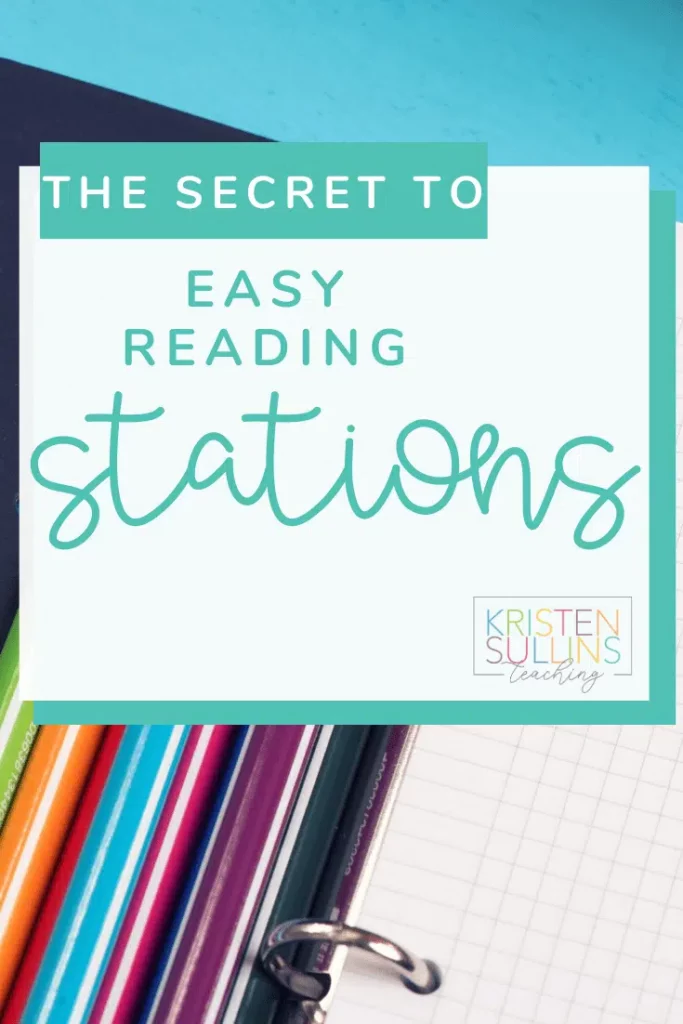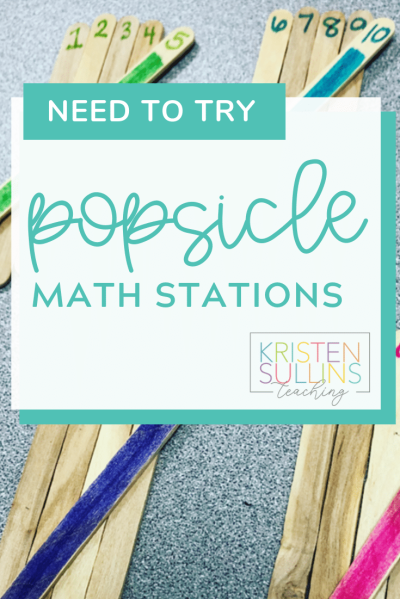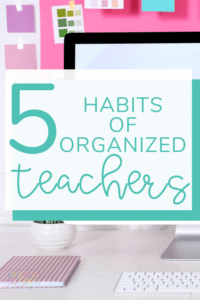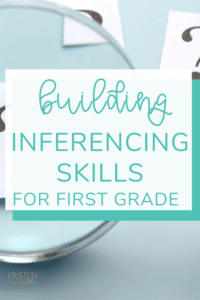Welcome to the Simple Stations Series, the series for first grade teachers who want solid stations that are quick, easy and cheap to make!!

Sight Word Sentence Sort
I walked into a neighboring teacher's classroom where I saw this activity and immediately said “Ooh, I'm going to steal that!” I always struggle with good ways to incorporate sight words into our daily routines in a way that students read and practice them in context. This station does all of that and MORE!
The idea behind this station is very simple. We focus on five sight words per week. I have students help me generate a sentence using one of the sight words and I write the sentence on a sentence strip. I write the sentence in one color, but I always write the sight word in black. Each sentence gets its own color to help students sort the words into the right sentences, but because the sight word is in black, they have to figure out which sentence it belongs with.
Benefits of Sight Words in First Grade
Mastering sight word recognition plays a pivotal role in enhancing a student's reading speed, offering a multitude of benefits that extend beyond mere word identification. Here's a more in-depth look at how increased reading speed, facilitated by sight word recognition, contributes to overall reading proficiency:
Efficient Word Recognition:
- Sight words, being high-frequency words, are encountered frequently in written texts. When students can instantly recognize these common words, they eliminate the need to sound them out letter by letter. This efficiency in word recognition significantly accelerates the reading process.
Reduced Subvocalization:
- As students become adept at recognizing sight words, they reduce the tendency to subvocalize, or pronounce each word internally. This internal reading aloud can slow down the reading pace. By swiftly recognizing sight words, students move beyond subvocalization, leading to a more fluid and efficient reading experience.
Enhanced Phrasing and Chunking:
- Proficient readers naturally group words into phrases or chunks to aid comprehension. Sight word recognition facilitates this process, allowing students to recognize common word patterns and structures. This skill supports the brain in processing larger chunks of text, contributing to increased reading speed.
Automaticity in Decoding:
- When basic sight words are automatically recognized, students can devote more cognitive resources to decoding unfamiliar or complex words. This automaticity in recognizing common words frees up mental energy for the more challenging aspects of reading, such as deciphering new vocabulary or understanding intricate sentence structures.
Improved Reading Flow:
- Sight word recognition promotes a smoother and more continuous reading flow. Instead of pausing to decode each individual word, students can maintain a steady rhythm as they navigate through the text. This improved flow not only enhances reading speed but also fosters a more enjoyable and immersive reading experience.
Focus on Comprehension:
- With the burden of basic word recognition lifted, students can redirect their focus towards comprehending the meaning of the text. They can delve deeper into understanding the context, making connections between ideas, and extracting the intended message from the written material.
Greater Reading Stamina:
- Efficient sight word recognition contributes to increased reading stamina. As students spend less mental energy on decoding basic words, they can sustain their attention and concentration for more extended periods. This endurance is particularly valuable when tackling longer texts or engaging in sustained reading activities.
Facilitates Speedy Transitions Between Words:
- Recognizing sight words enables students to transition swiftly from one word to the next. This seamless word-to-word transition is vital for maintaining a consistent reading pace, allowing students to navigate through sentences and paragraphs with ease.
Benefits of Stations in First Grade
Teachers benefit from easy stations for various reasons, and these benefits contribute to a more effective and enjoyable classroom experience. Here are some reasons why teachers find easy stations valuable:
Efficiency in Preparation:
- Easy stations often require minimal preparation. Teachers have limited time for lesson planning and resource creation, so having stations that are easy to set up allows them to focus on other essential aspects of teaching.
Time Management:
- Teachers juggle numerous responsibilities throughout the day. Easy stations enable them to manage their time more effectively, ensuring that they can address the diverse needs of their students without feeling overwhelmed by complex station setups.
Adaptability:
- Easy stations are adaptable to different grade levels, subjects, and learning objectives. This flexibility allows teachers to use the same station concept with slight modifications, saving time and effort in creating new materials for every lesson.
Student Independence:
- Stations that are easy to understand empower students to work independently. This fosters a sense of responsibility and self-direction among students, allowing teachers to focus on providing targeted support where needed.
Consistency in Routine:
- Establishing a routine with easy stations can contribute to a positive classroom environment. When students know what to expect and can confidently navigate stations, it creates a sense of stability and predictability that supports effective learning.
Differentiated Instruction:
- Easy stations can be designed to accommodate various learning styles and abilities. Teachers can implement differentiated activities at stations without complicating the logistics, ensuring that each student receives appropriate challenges and support.
Engagement and Enjoyment:
- Students tend to enjoy activities that are easy to understand and execute. Easy stations can be designed to be engaging and enjoyable, fostering a positive attitude towards learning and encouraging participation.
Resource Conservation:
- Easy stations often require fewer resources, which is particularly important in classrooms with budget constraints. Teachers can create meaningful learning experiences without the need for excessive materials or supplies.
Effective Classroom Management:
- Easy stations contribute to smoother classroom management. With straightforward instructions, teachers can minimize disruptions and create a focused learning environment, allowing them to address behavioral or academic issues more effectively.
Facilitation of Formative Assessment:
- Teachers can use easy stations to gather valuable formative assessment data. By observing how students interact with the activities, teachers can gain insights into individual strengths, challenges, and areas that may need further instruction.
More First Grade Station Activities
Are you a busy and tired teacher who needs to fulfill the phonics and spelling needs of their emerging first grade readers? This year long Phonics and Spelling activity bundle is a 5-Part phonics kit for teachers to use when teaching students about spelling and phonics patterns (word families).
Here's what other teachers are saying:
Using this resource for center work at the end of the day. Students are very engaged and successful!
-Kelly S.
This is a fantastic collection of reading resources to use during guided reading groups! Some of my first graders are still working on phonics skills that will help them read fluently. I love this set!
-Ramona K.



